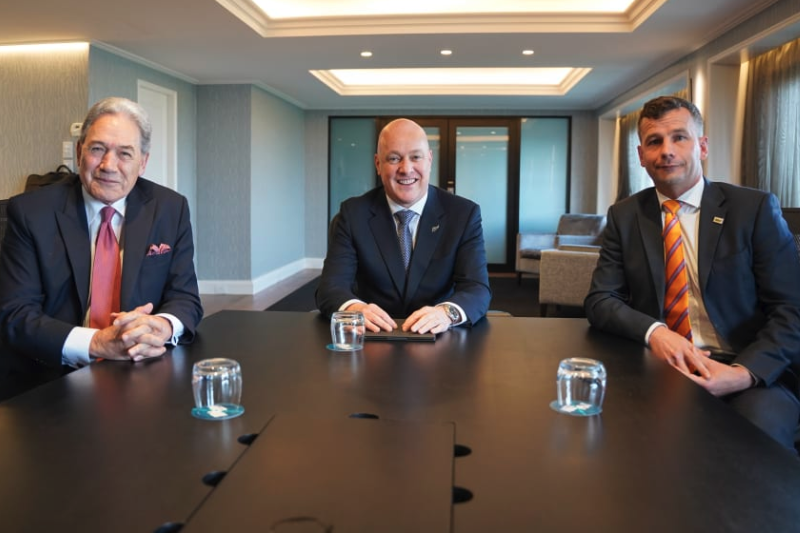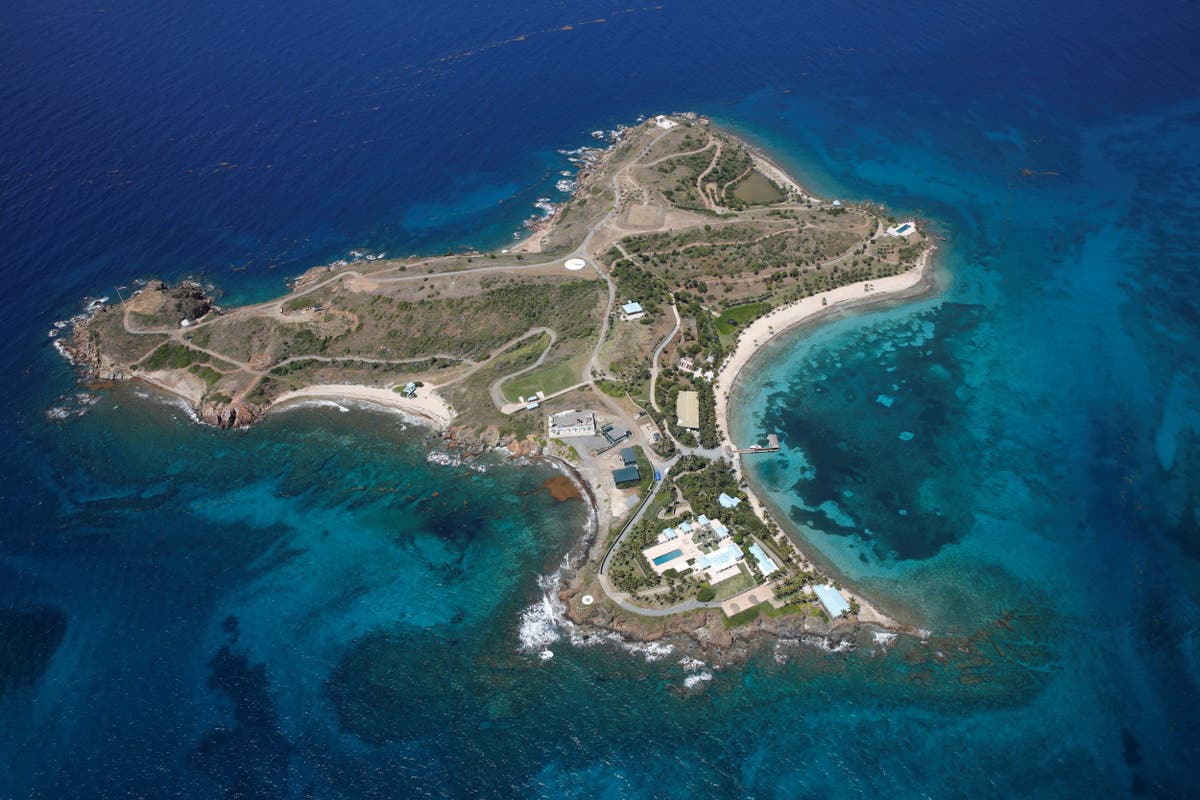National’s tactical error in three-way talks
Signs are pointing to a coalition deal not being reached until next week after government talks spent more than a week focused on separate deals with the two smaller parties to no avail.
Both Act and New Zealand First were presented with individual offers from National at the end of last week in the hope that a quick deal could be reached, and Christopher Luxon could make it to the Apec summit in San Francisco this week.
But neither deal had been discussed with the other party in play, and subsequently time this week in Auckland has been spent going through each of them line by line trying to find some compromises.
It’s raised questions as to why National chose that strategy from the outset when neither offer was going to be worth the piece of paper it was written on if New Zealand First or Act didn’t agree to what the other was being given.
Newsroom understands relations between Winston Peters, David Seymour and Luxon remain cordial but increasingly it looks like it will be next week before an announcement is made, bar some breakthrough.
National had spent the three-week period between the election and the special votes having been counted working with Act on what an agreement could look like between them, but it was only last week that an offer was put on the table.
This week New Zealand First and Act have for the most part seen what the other side got and are now pushing for their own improvements, while at the same time Seymour and Peters are working together to leverage more out of Luxon where there’s common ground.
It was a tactical mistake by National to negotiate separately from the beginning given both Seymour and Peters had indicated they wouldn’t agree to anything unless they had full transparency on what the other side had got.
On National’s flagship tax relief package, it appears National exchanged papers and emails in the early days of negotiations with both Act and New Zealand First about how it would be implemented and any potential changes.
It was put to Newsroom that a more sensible approach would have been to get all three leaders in the room from the outset, and for Luxon to have been upfront about the full details of the tax plan and work as a trio to get it across the line.
Once all three leaders can agree on a deal, both Act and New Zealand First will still need to go back to their respective boards and caucus to get sign-off, though that will largely be rubber-stamping.
While talks continue, in Auckland for now, the caretaker government carries on in what one senior minister described as “purgatory” – being forced to stay on top of the briefs and do the incoming government’s job while having no power to do anything at all.
Caretaker Trade Minister Damien O’Connor is representing New Zealand at the Apec summit alongside Chinese President Xi Jinping and US President Joe Biden.
And back in Wellington one ministry is under fire from its own staff for making changes to the way it conducts business before a new government has been sworn in.
At a time when the Ministry of Foreign Affairs and Trade is working hard to ensure humanitarian support gets to the Middle East, it became the story over a decision by its chief executive to scrub te reo Māori from a template it uses to communicate with the Prime Minister’s office.
A raft of advice from the ministry on how to respond to the international crisis has required sign-off and consultation with not only the caretaker Prime Minister, but also the incoming Prime Minister, since the election on October 14.
Newsroom understands the decision to remove the approximately 12 words of translation from the advice template was done on the assumption it would not only be Luxon receiving it, but also his governing partners.
The translations were for words such as, summary, action, report, and recommendation.
The bilingual template has been in use since Nanaia Mahuta was appointed Foreign Affairs Minister by then-Prime Minister Jacinda Ardern in 2020.
Newsroom understands the rationale for reverting to the pre-2020 template was about keeping all the leaders receiving the ministry’s advice focused on the issue at hand.
There was a concern the bilingual template might have become a distraction as the incoming government made assumptions about how MFAT conducted its communications.
No other changes have been made at the ministry regarding its signage, branding, policy, or staff as a result of the election result.
The ministry continues to recruit for a Head of Māori Policy and the template change was intended as a way of focusing political leaders on the substance of the decisions in front of them.
In the meantime, it’s sparked a petition from hundreds of staff members at the ministry objecting to the change.
The pre-2020 template continues to be used in its advice to both the caretaker and incoming government and it will be for the new Foreign Affairs Minister to make their own directives on the matter.
Just who that will be and when they’ll be appointed and sworn-in remains, among many things, a work in progress in the days ahead.





